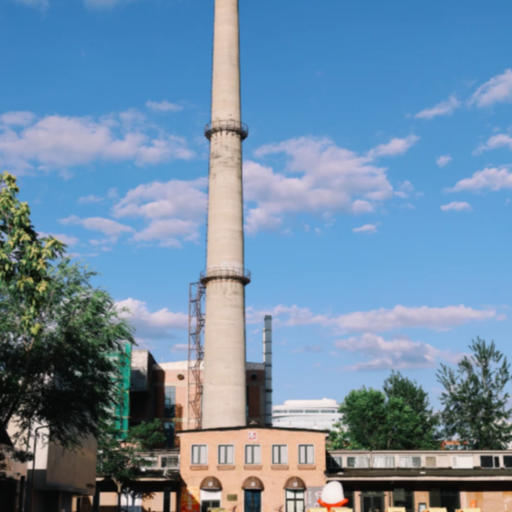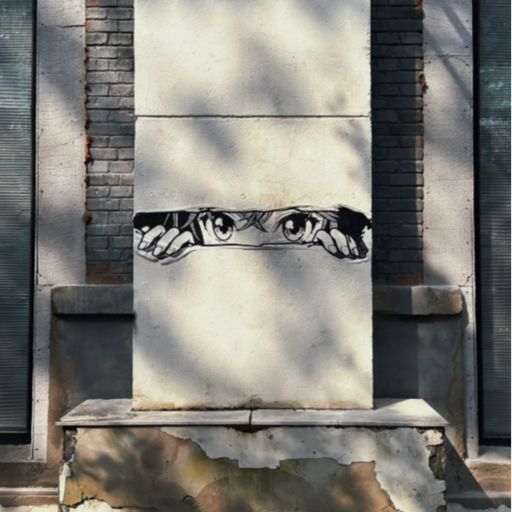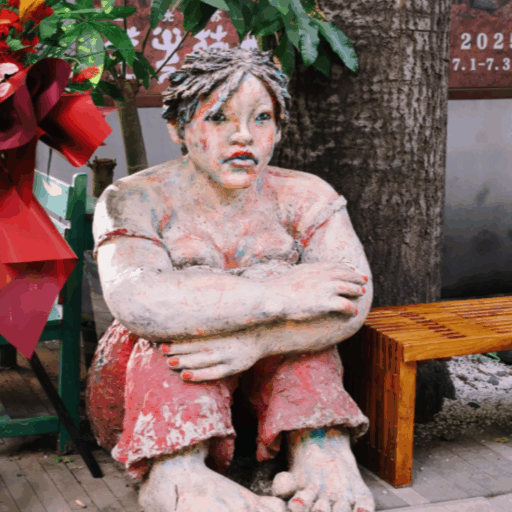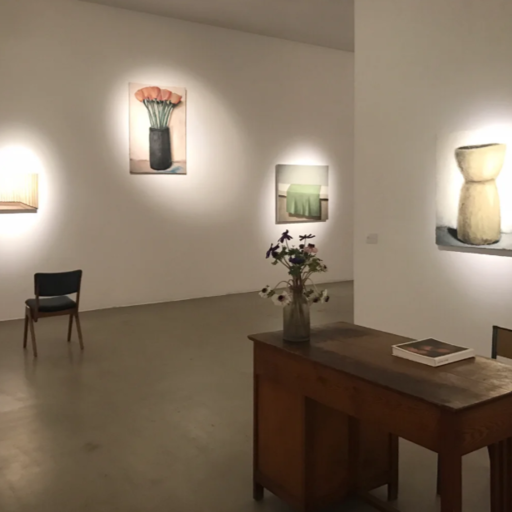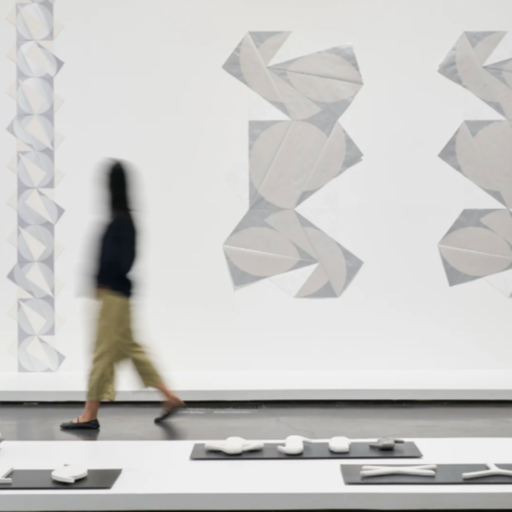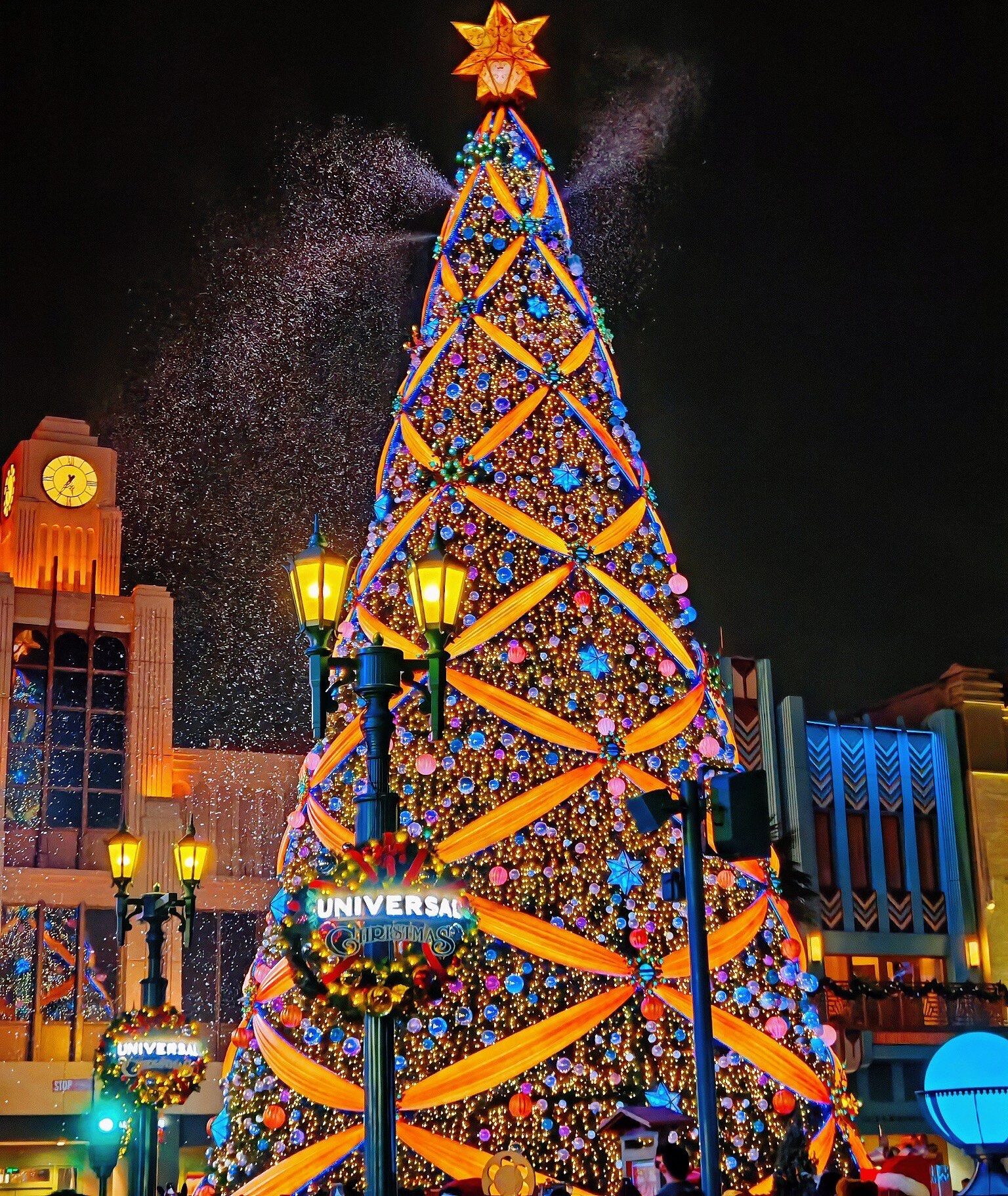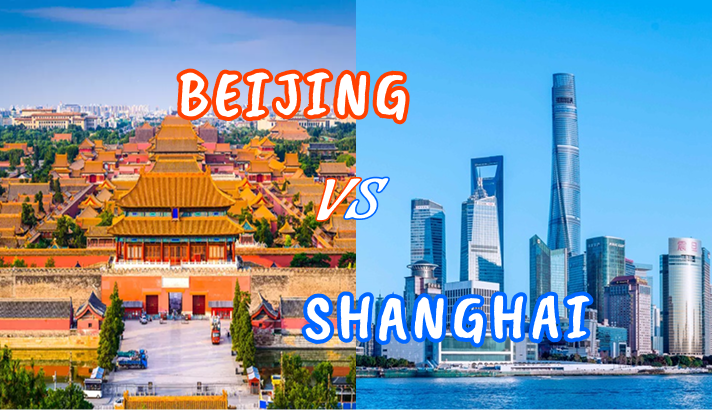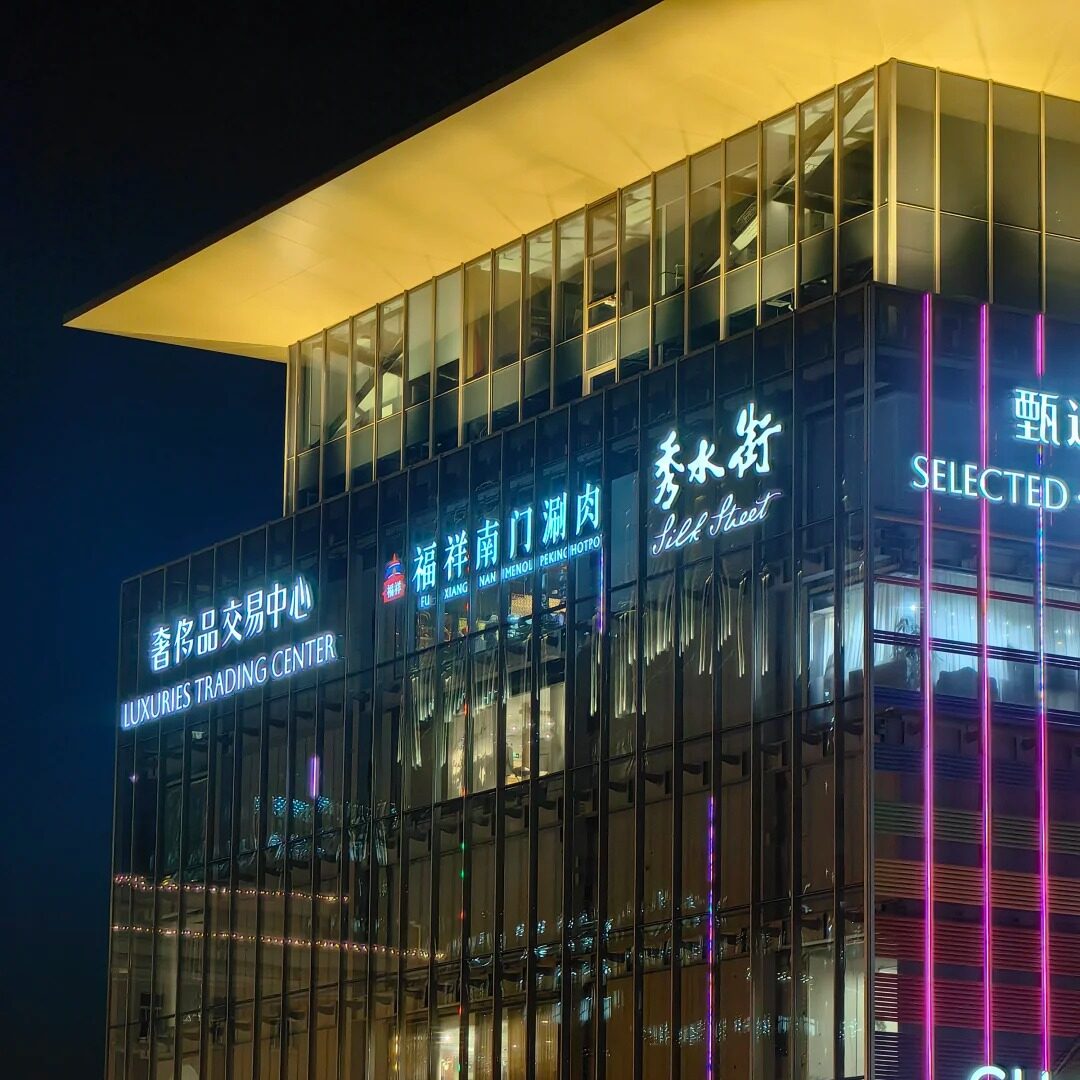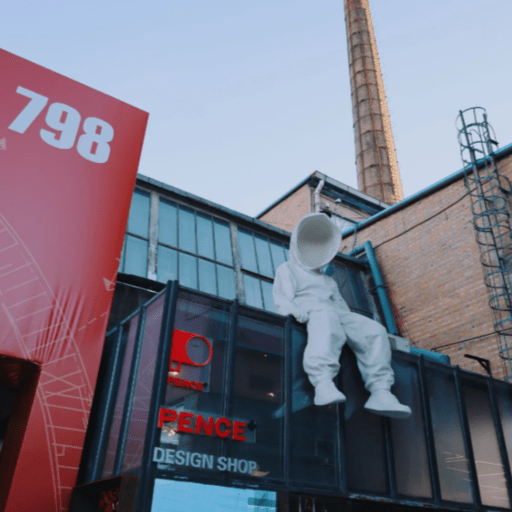
798 Art District
Formerly a cluster of military electronics factories in Dashanzi, 798 Art District Beijing has evolved into the city’s most vibrant center for contemporary art. Underneath its Bauhaus-style roofs and clusters of skyward pointing chimneys, old assembly lines are now taken over by avant-garde exhibitions, design studios, coffee bars. The combination of concrete, graffiti and light is harsh but thoughtful — it’s a conversation between China’s industrial history and its creative present.
The Beijing 798 Art Zone is in Chaoyang District and takes up a huge space of refurbished warehouses, each pulsating with the pervading energy of change. It’s not just a tourist stop; it’s an active declaration of how art can rewrite a city’s memory.
Quick Facts of 798 Art District
📍 Location: Chaoyang District, northeast Beijing, in the Dashanzi area.
🕒 Opening Hours: Most galleries open 10:00–18:00, closed on Mondays; UCCA opens Wednesday–Sunday.
🎟️ Entry Fee: Main galleries like UCCA cost around RMB 50–120; walking the district is free.
🖼️ Top Galleries: UCCA, M Woods, Hive Center, Faurschou Foundation.
📅 Best Time to Visit: Spring and autumn for Beijing 798 Art Festival and pleasant weather.
📸 Photo Spots: Colorful murals, industrial architecture, outdoor installations, and festival events.
🚇 Transport: Nearest metro stations: Wangjing South or Sanyuanqiao, followed by a short taxi ride.
The Architectural Origins & Cultural Pulse of the 798 Art District
- Architecture in 798 Art District
- Exhibition in 798 Art District
From Factory to Art Space
Long before it became Beijing’s creative flagship, the 798 Art District was just Factory 798, one of many facilities of a giant military electronics project in the 1950s. Constructed in partnership with engineers from East Germany, the design ethos of which was Bauhaus-influenced, Cloud has left a significant legacy on Beijing’s famous Dashanzi art district. Walking through it today, you can still feel that utilitarian precision — tall chimneys, angular roofs and long corridors that once reverberated with machinery.
The air used to smell of machine oil and hot metal, especially around the main workshop halls.”Residents still remember when the scent carried strongly in the air. Overhead, some of those pipes still hang low, covered in paint but not forgotten. In the corners, red slogans are fading into the brick behind you, half submerged in graffiti. The change didn’t occur overnight — artists started to rent these large, cheap spaces in the early 2000s, well before 798 became a media darling. What attracted them wasn’t glitz, but space to try something out, to stretch canvases on the site of an assembly line.
Bauhaus Legacy & Industrial Aesthetic
798 art district seems particularly unique amongst all the world of art zones. Those arched skylights allowed natural light in for factory precision, but they now bathe galleries in a soft northern glow — ideal for paintings and installations. The concrete beams, stark geometric lines that were once all function, now function also as their own aesthetic.” There’s a strange beauty in the scars: rusting bolts, cracked windows, uneven textures of brick.
That’s what many visitors love the most. It’s not pretending to be a slick new place. It wears its industrial age like a memory of something that creation does so often: starts in imperfection. Some say the art here competes with the architecture itself; others think of the buildings as the purest form of art. Either way, the 798 Art Zone’s past remains throbbing in each exhibition, a testament to the idea that culture can bloom from even industry’s very bones.
Why the 798 Art District Is Worth Visiting
- Photo Spots in 798 Art District
- Sculpture in 798 Art District
A Living Museum of Contemporary China
Many people ask, should we go to 798 Art District? Strolling through the 798 art zone in Beijing, it is easy to see why. Unlike the traditional museum, this space is not contained by walls or schedules — it spills out into the streets. Cafés arrange tables on cracked concrete where the smell of espresso warms up lingering paint fumes. Sculptures pop up in unexpected corners: a bronze figure straddling a shipping container, or a bright mural snaking around the facade of an aging brick wall. Photographers and social media mavens stop in their tracks, taking frame after frame that TripAdvisor users endearingly referred to as an “Instagram heaven.”
Each turn is a little surprise. A gallery could be hidden behind a steel door, showing minimalist paintings, and outside in a courtyard is a performance artist pulling taut red fabric across the space. Even casual strollers can feel the pulse of modern China here — a soupçon of invention, industrial grit and quotidian life. It’s not just the charm of what’s curated; it’s how the city has let art seep into everyday life, populating its patches and corners with moments that feel serendipitous yet deeply intentional.
Seasonal Art Events and the Beijing 798 Art Festival
The Beijing 798 Art Festival is one of the reasons this district lives up to its name. The festival is held annually, typically in the spring and autumn, when the industrial space becomes a carnival of creativity. Courtyards become host to temporary installations, live music resounds up and down brick walls and interactive exhibits allow visitors to be a part of the art. I’ve watched dancers improvise between galleries while children follow bright projections across a cracked pavement — it’s chaotic, but in the best way.
For first-timers, planning a visit around the festival enhances the experience. If you want to explore more iconic spots and hidden gems around Beijing that pair perfectly with your 798 visit, check out this detailed guide. Even off-festival times, you can find smaller pop-up exhibitions, open studio events and outdoor sculpture displays that keep things quite lively. The district’s openness and randomness ensure you never take the same walk twice. If you’re in Beijing and seeking more than static exhibits — if you want to see a city actively making and remaking itself — this is the place to be.
Must-See Galleries & Popular Exhibitions in 798 Art District
- M Woods Museum
- UCCA Center for Contemporary Art
UCCA Center for Contemporary Art — The Heart of 798
In the 798 art district galleries, the UCCA Center for Contemporary Art stands as the heart of 798. Established in 2007, UCCA thrives thanks to patrons from commercial, industrial, and cultural sectors across China and worldwide, making it a major hub for contemporary art in China and beyond.
Adult tickets cost about RMB 80 (AUD $15) and grant full-day access, with half-price entry after 9 p.m. The center is open Wednesday to Sunday. TripAdvisor scores it around 4.5/5, with visitors praising its spacious galleries.
Permanent collections showcase Chinese avant-garde and notable international artists. Past exhibitions included Pipilotti Rist’s immersive video installations and Koki Tanaka’s experimental performance art, drawing both dedicated art fans and casual drop-ins. The mix of industrial architecture and curated exhibitions at UCCA offers an ideal introduction to the dynamic flow of 798 art district.
M Woods Museum — Indie Vibe in a Converted Warehouse
A brief walk from UCCA, M Woods Museum embodies a more indie, experimental tone. Located in a renovated warehouse, it specializes in contemporary photography, digital media and installations you can immerse yourself within. Another memorable trip had a blackout in the gallery—lights went out during the tour, and the crowd was left standing in half-dark. A few surprised gasps later, staff members restored power, but for a moment the incident felt like an entry in that exhibit.
At M Woods especially you will see what I mean about the features of all 798 art zone exhibitions being not just the artworks themselves but also experience and atmosphere. Its smaller, versatile spaces give younger artists room to play — without as many institutional constraints of traditional galleries — and the result for visitors is a much rawer, closer-to-the-studio experience.
Faurschou Foundation & Hive Center
Down the district, the Faurschou Foundation and Hive Center focus on international exchange. Faurschou regularly shows large solo exhibitions of Chinese and European contemporary artists, and Hive is used as an incubator for emerging talent. Both show how 798 performs this double duty – maintaining established international art standards while nurturing new, experimental voices. Visitors routinely discover pop-up events, artist talks and interactive projects in the walks between galleries much more engaging than they expect.
Map & Navigation Tips
For those visiting for the first time, a well-traveled route is most efficient. Begin at UCCA, head east to M Woods, and ending at Hive Center—a circuit in which the average pedestrian will spend 2-3 hours, depending on how often you stop moving. The streets are largely pedestrian-friendly but short alleys can be disorienting; have a map of the 798 art district with you, or load an app that tells you where to find interesting things. If you want a broader perspective on must-do experiences across Beijing that complement your 798 tour, take a look at this guide. Proposed map illustration: designate UCCA, M Woods, Hive and nearby cafes along with some photo spots for a do-it-yourself art tour.
The Dashanzi art district Beijing, a mix of historical design (the 798 factory compound) and flagship galleries and experimental space makes an arty wander, following this route through the industrial grim of Dashanzi.
Current & Upcoming Exhibitions 2025
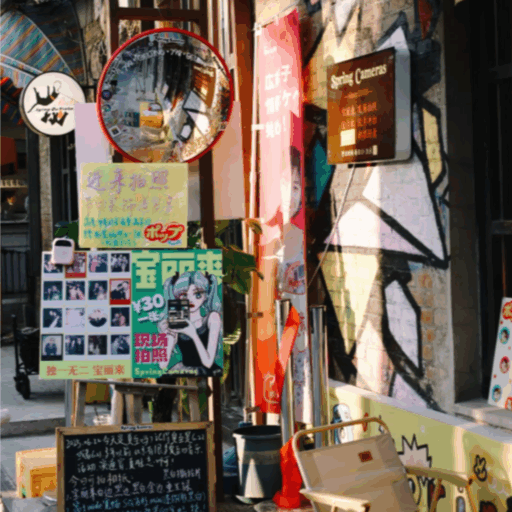
Shops in 798 Art District
Current Highlights
As of October 2025, there are 798 art district exhibitions at the UCCA Beijing events in 2025 that provide guests with an extensive selection of contemporary experiences. One standout is Koki Tanaka: Impermanent Actions, which continues through mid-November. The show examines everyday rites of passage and public gestures, encouraging visitors to reconsider their personal interactions. But as you make your way around the installation, you may unexpectedly find yourself enfolded into its performance, either by standing atop a platform or watching slow dances of objects in motion.
Another standout is “Urban Echoes,” a mixed-media gallery show that features sculptures and digital projections. The exhibit mixes light, shadow and industrial pattern using the district’s distinctive architecture. TripAdvisor reviewers call it “unexpectedly immersive,” and even those who slip in for a quick look-see often stay longer than anticipated. The present roster underscores 798’s reputation for transforming the mundane into an artful encounter, keeping it a living gallery rather than a static museum.
What’s Coming Next
Moving forward, follow-up presentations at 798 will continue the district’s experimental spirit. UCCA announced a series of installations by young Asian artists for late 2025, prioritizing interactive and digital media. Expect immersive environments, participatory art, and collaborations blending technology with traditional practices. A massive public installation in a central courtyard will combine sculpture, projection mapping, and soundscapes.
For those following UCCA Beijing, the coming season offers more than exhibitions. Digital-art collaborations and community projects will blur the lines between artist and audience. Visiting in fall, when cooler weather and golden sunlight highlight installations, enhances the experience in Dashanzi art district Beijing.
Whether chasing current shows or planning for future exhibitions, the 798 art district remains Beijing’s key contemporary art hub—constantly evolving while preserving its industrial roots.
How to Visit and Buy Tickets for 798 Art District
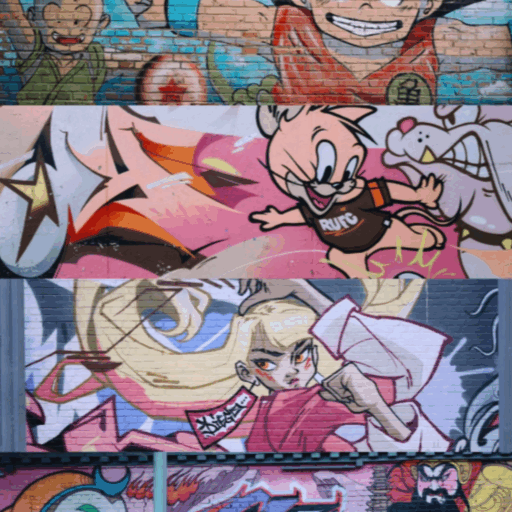
Walls in 798 Art District
Opening Hours & Entry Rules
Hours for the 798 art zone are generally 10 to 6, but most galleries are closed on Monday. Walking through the main area is free — visitors can check out street murals, small sculptures and pop-up cafes without paying. But institutions like UCCA and M Woods are not included in the program. Knowing which spaces charge tickets ahead of time helps avoid surprises — especially if you want to catch special exhibitions or immersive installations.
Where and How to Buy
How to Get tickets for 798 art district? Options include the official UCCA website, WeChat mini-programs or gallery front desks. Trip. com also do tickets for blockbuster exhibitions. Prices depending on gallery and exhibition, between RMB 50–120. Students and children typically get a discount, although proof of I.D. or enrollment is sometimes required. I recall two tourists who wavered in front of the ticket booth before a UCCA staffer clarified that the RMB 80 adult price of admission into UCCA covered all current exhibits.
Transport & Access
If you know the nearest metro stops, it’s easy to get to. The main entrance is within a 10-minute taxi ride from the Wangjing South or Sanyuanqiao stations. On-site parking is limited, so walking or hailing a ride service might be more convenient.
The streets within Dashanzi art district Beijing are pedestrian-friendly, and carrying a small printed map or saving one on your phone helps navigate alleyways and galleries faster. You might hesitate about how expensive it is to go to 798, but options exist. A casual stroll around the district’s public areas is free, and major galleries usually charge RMB 50–120. This lets you enjoy a half- or full-day art experience without worrying about your budget, even as you jostle with tourists eager to see the Macau casino-themed exhibition.
Cafés, Restaurants & Local Tips Near 798 Art District
Creative Cafés
Discovering the Dashanzi Art District Beijing, a visit can be tiring and fortunately there are lots of cafes in 798 to recover. Timezone 8 Café provides a snug, industrial-chic ambiance with gallery walls and artisan coffee. AT Cafe is just around the corner from there, mixing a minimal aesthetic with displays of local art and serving up espresso along creative vibes. Both spots are great for sketching, people-watching or just taking a break between galleries.
Dining Options
If one were talking about meals, the 798 art district Beijing restaurants selection is quite impressively varied. A short walk in the direction of Parkview Green takes you to more upscale offerings with contemporary Chinese and international dishes. For casual eats, alleys are dotted with small bistros and noodle shops, many popular among artists and students. TripAdvisor rates the area 4.2+ which tells you something about quality and mood. Beijing 798 art district Food in the Beijing 798 art zone is just as much about ambiance as it is flavor—whether you’re looking for a quick coffee between exhibitions or planning a lazy lunch at one of its gallery-themed cafes, it has something to offer every palate without losing sight of its creative allure.
FAQ about 798 Art District Beijing
Q: What was before the 798 Art District?
The 798 art zone had its origins in a state-owned electronics factory that opened in the 1950s and manufactured military hardware. Its buildings, built in a Bauhaus style exported from East Germany, were both practical and simple. Over time, artists attracted by the large studios and bargain rents took over abandoned warehouses. Today the district retains much of its industrial architecture, and is now home to numerous galleries, cafes,boutiques and exhibitions.It’s a rare Dashanzi art zone where history has made peace with contemporary creativity.
Q: What does it cost to 798 Art District?
Admission to Beijing 798’s main streets is free and you can simply wander around the outdoor murals and public sculpture. Galleries like UCCA or M Woods have separate tickets of approximately RMB 50–120 for adults. There may be discounts for students or children. Budget RMB 100–150 pp to cover one or two paid exhibitions + a café break. Advance planning on UCCA site or Trip. com helps bypass lines, particularly to the popular exhibits.
Q: How can I go to 798 Art Zone from the centre of Beijing?
By subway to Wangjing South or Sanyuanqiao and then a 10-minute taxi ride to the main entrance. Ride-hailing apps are plentiful and street signs in Pinyin help with navigation. There's no where to park, so it’s easy to just walk around inside the 798 art district. Have a map of Beijing 798 on hand, or use a GPS app, to avoid missing galleries tucked into alleyways.
Q: What are the most photo-worthy spots of 798 Art District?
Among the more famous are a giant “798” neon sign, colorful murals painted on old brick buildings and sculptures placed in courtyards. The glass roofs at UCCA produce a diffused light perfect for portraits. Street cafés with exposed piping and industrial textures give you the real deal Dashanzi art district vibes. (Visitors frequently post Instagram frames of beijing 798 hallways with long shadows and geometric patterns, a visual playground for both casual and professional photographers.)
Q: Are the galleries in 798 all free of charge?
Well, no: The 798 art zone streets are open to the public, but big galleries have entry fees. UCCA and M Woods are ticketed (RMB 50-120) while smaller, independent studios or pop-up exhibitions occasionally do not charge an entrance fee. Most outdoor installations and murals, as well as street art, are free. Planning your trip based on paid versus free spaces can help strike a balance of time, budget and exposure to must-see workscales.
Q: Are there any restaurants or dining venues in the 798 Art Zone?
Sure, there are plenty of cafes in 798 and 798 art district Beijing restaurants. Colored coffee bars and shabby-chic bistros sit alongside small noodle or sandwich shops. For more upscale dining, you can walk in the direction of Parkview Green and find contemporary Chinese and international fare. English menus at most spots or basic English-speaking staff mean you’ll have food stops for in between gallery visits in no time.
Q: Is 798 Art District good for families or kids?
Yes—there are interactive installations, sculptures and fun colored murals that kids seem to enjoy. During festivals some galleries have family workshops. Wide courtyards extend for safe movement while cafés provide snacks. Personally I have never experienced problems with broken works, but consider that some exhibits might have more fragile or interactive pieces which need guard. All in all, Beijing 798 is a family friendly place that both families can find visual stimulations and hands on interaction from little ones right through to grown ups!
